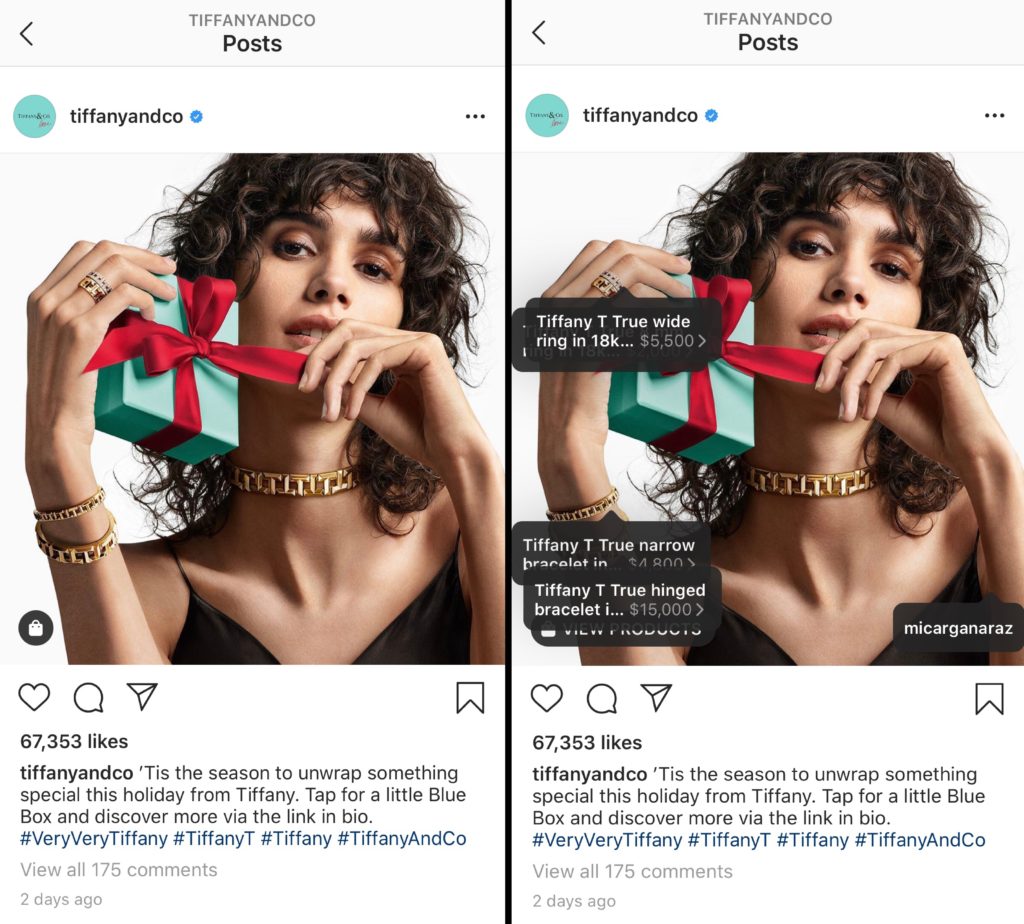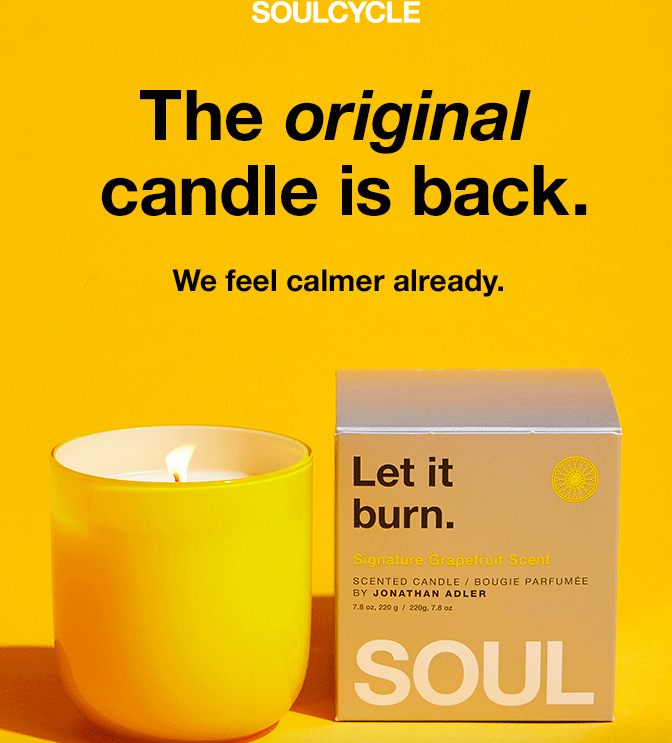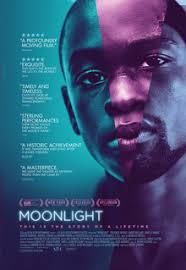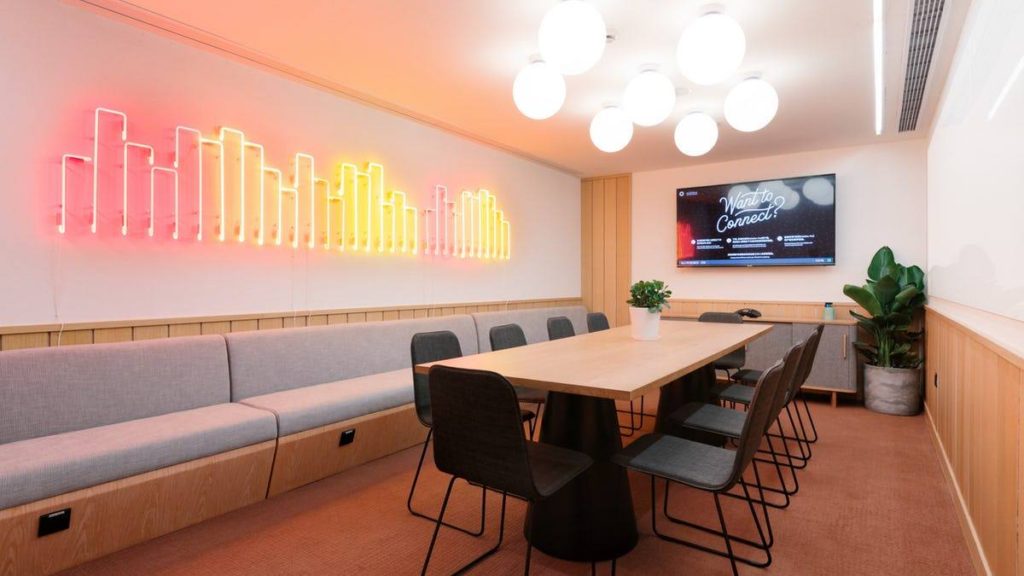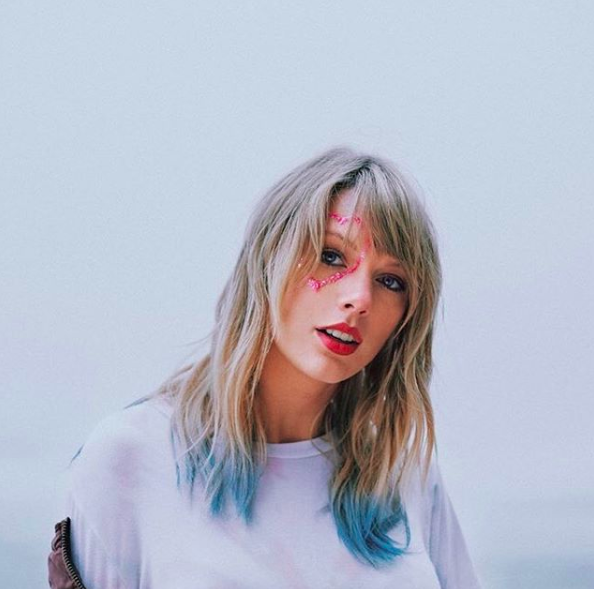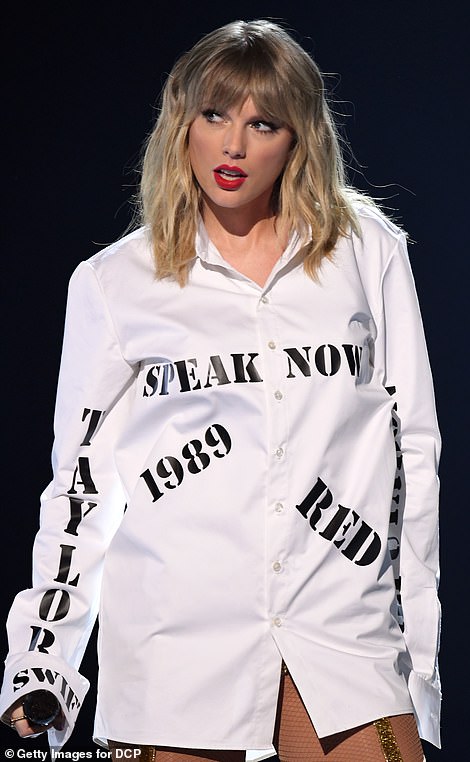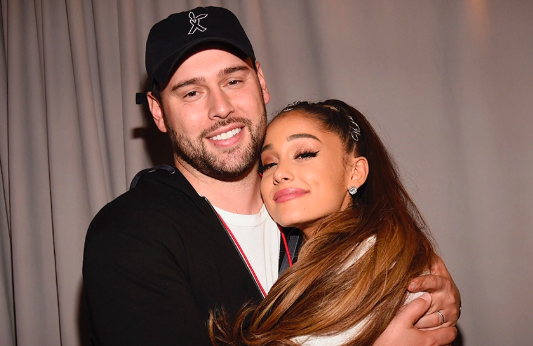Where does it end?
According to a 2018 study by Cigna, loneliness is an epidemic in the United States. Approximately half of the 20,000 U.S. adults surveyed report feeling lonely or left out. Generation Z is found to be the loneliest generation. As always, I will explore the economic impacts of the new habits, needs, and preferences that Generation Z brings to the markets.
Alcohol is extremely present in social situations, especially for Generation Z. About 4 out of 5 college students consume alcohol, and 50% of those consumers participate in binge drinking culture (Alcohol Rehab Guide).
Alcohol in moderation is relaxing and provides a boost of dopamine, and acts as a “social lubricant” (Drug Rehab). Many people imbibe to destress or to ease social anxiety. However with the easy access to alcohol, and the binge drinking culture embedded in America, especially within college campuses, the consumption of alcohol can leave people feeling more disconnected than before. According to the Addiction Center, “binge drinking can be particularly damaging to college students struggling with loneliness and depression. Excessive drinking will only worsen these feelings and can lead to cyclical drinking behavior” (Addiction Center).
While there are immediate health and safety consequences to excessive drinking, there are also long term effects that impact communities–and would most likely have a negative economic impact at large. While college introduces many people to alcohol in an unhealthy manner, they are then set up to be stuck in cyclical drinking that seeps into life past a college party culture. “A 2017 study found Americans are drinking more alcohol now than ever—more than 70 percent of all adults—and as a result, more people qualify for alcohol-use disorder.” (Newsweek). Walking the line of the “almost-alcoholic zone”, leads to “alcohol-related problems with their health, their relationships, and social lives and even their work, but don’t connect the dots between these problems and their drinking” (Newsweek). The effects of binge-drinking touch nearly every aspect of life, and it poses a threat to society at large.
With all of this knowledge at hand, I strongly believe that alcohol companies have a civic duty to capitalize on responsible drinking, without sacrificing their financial motives. The alcohol industry is continuing to grow. As of 2019, the U.S. Spirits Market is valued at $29 billion, and in 2026 it is projected to reach $38 billion (Market Watch). People will not stop spending money on alcohol, but there is a way where consumers and companies can meet in the middle for quality, experience, and moderation. To combat loneliness, young people need a space where they can connect face-to-face to form meaningful relationships, according to Douglas Nemecek, MD, Chief Medical Officer for Behavioral Health at Cigna (Addiction Center)
According to a 2019 market report, “the past year has seen the continued growth of craft beer and craft spirits, an increased number of microbreweries, and a rise in experiential drinking (Beverage Daily). By the end of 2018, brewpubs, taprooms, and game-based bars saw a surge in popularity according to the same source. Consumers are more drawn to experiential locations than not. These bars with more allure than just alcohol provide a multi-sensory experience that allows consumers to slow down and connect over alcohol in a non-traditional way. According to a Nielsen report, these experiential bars allow for consumers to not just engage with the culture of the alcohol, but “a golden opportunity to engage with drinkers in a memorable, meaningful, and interactive way” (Beverage Daily). While these pubs and breweries are increasing in popularity and significance for America’s drinking culture, I believe that other alcohol companies will follow suit with heightening customer engagement and connection with one another in new ways.

